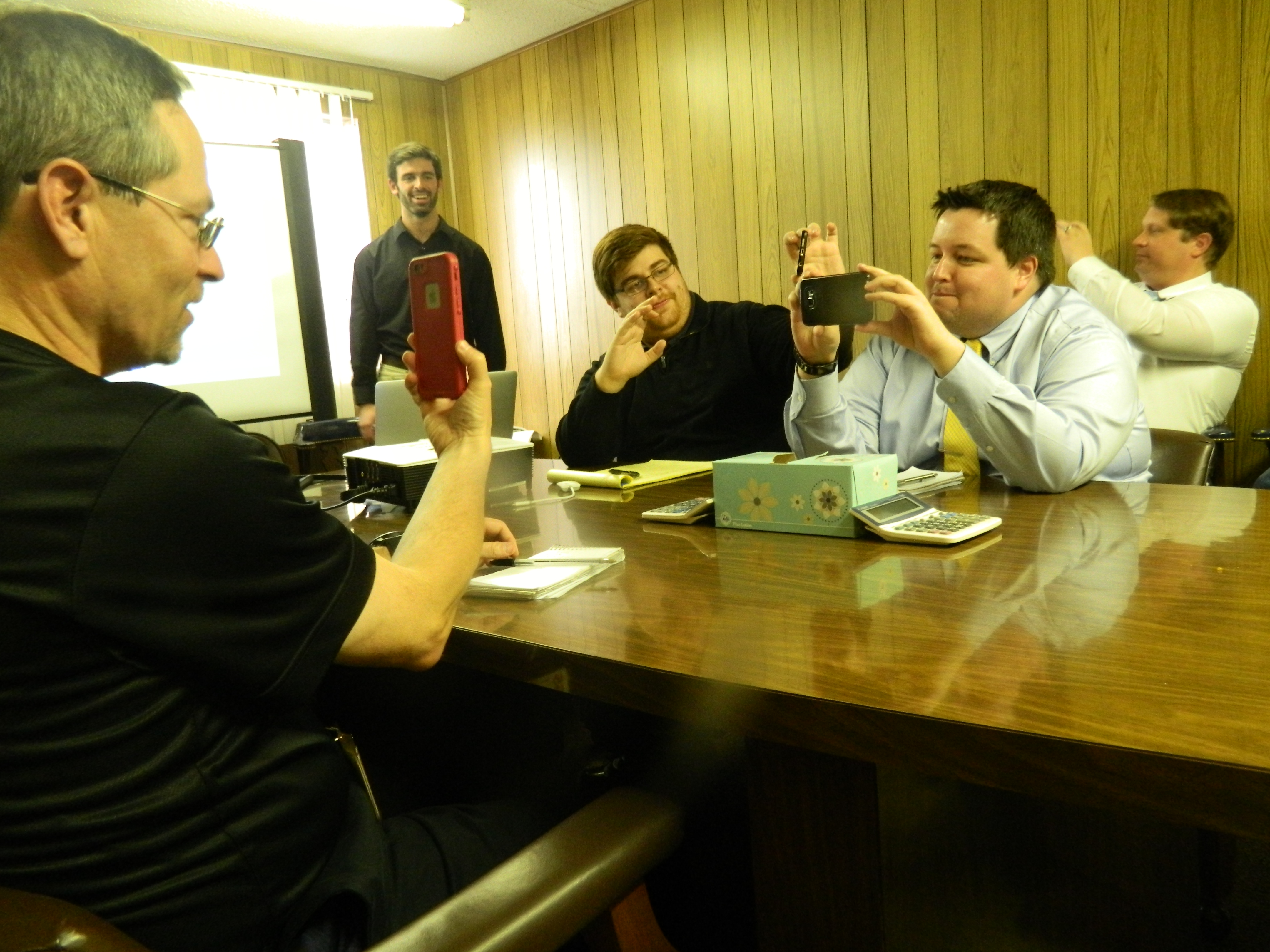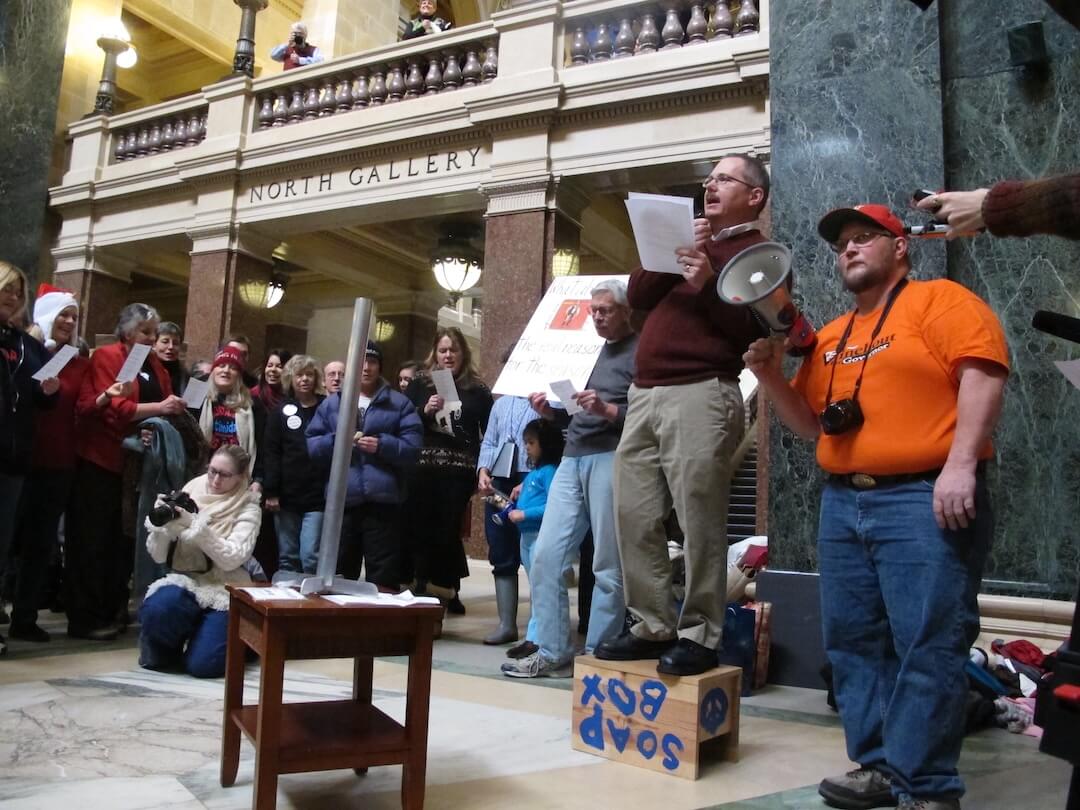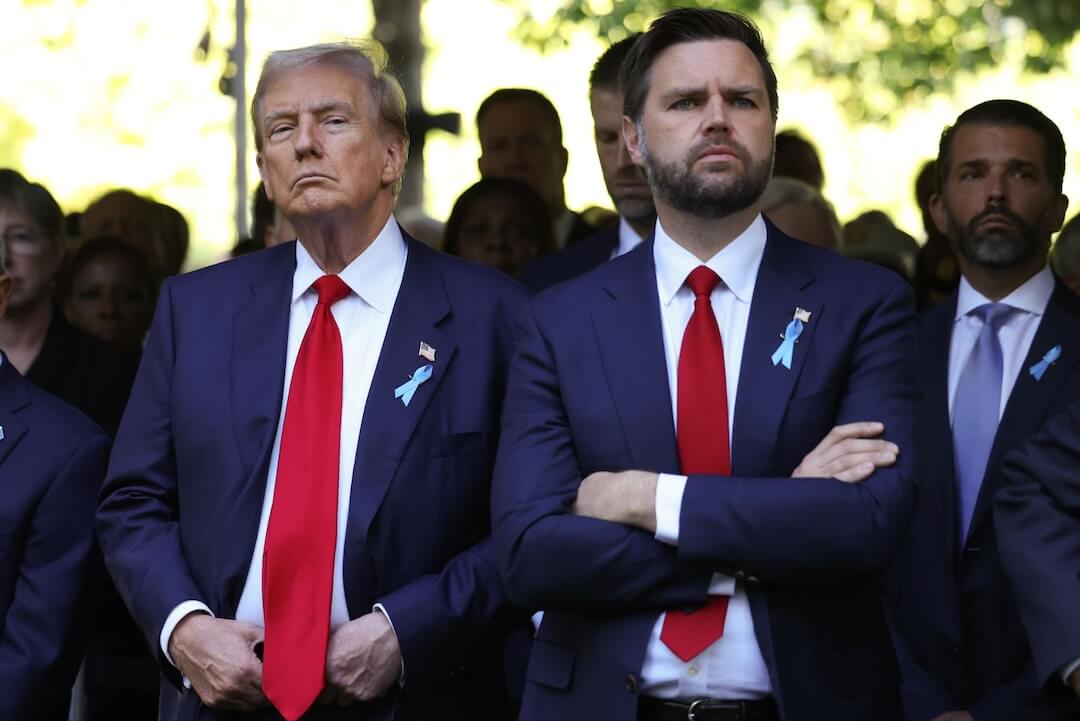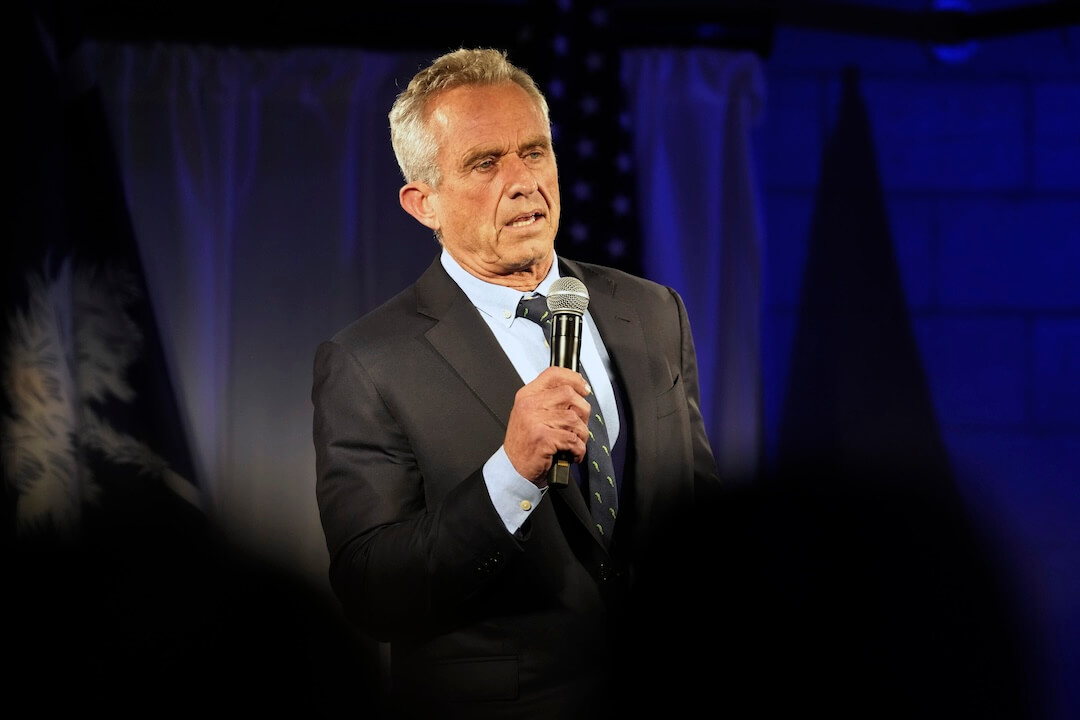For the final week of their winter break, five students from the University of Missouri’s School of Journalism spent one week at rural newspapers around the state.
They brought with them lessons on how to build strategies for social media and how to amplify work in a way that doesn’t add more work. And, in the third part of this series, you’ll see how two students in the Potter Digital Ambassador program worked with those newsrooms, often one-on-one, to show that adding video and being part of the conversation online helps that work have more impact.
The students, while there as teachers, learned a lot, too, about local news and the people who produce it.
“It’s very easy for journalists in larger cities or a part of more modern newsrooms to look down upon those who are in more rural settings, smaller newsrooms that are not so modern, and to say they don’t know what they're doing,” said MU senior Travis Meier. “I think that’s a mistake. A lot of these newsrooms are doing good reporting and they’ve been doing good reporting for years and years and years. What they do works.”
But they can do more, he said, to meet the demands of their changing audiences. That’s what he and MU grad student Gary Garrison found when they visited Washington and Perryville, Missouri.

The (Washington, Missouri) Missourian
Before visiting The Missourian, Meier did a community audit. He found that the weekly, which also publishes in Union and St. Clair, Missouri, was already doing a lot of the right things.
It had a YouTube channel where it posted videos. (Washington has a population of about 14,000 people, and The Missourian’s YouTube channel has more than 12,000 followers.) And it was active on Facebook.
Meier wanted to capitalize on what they already had and help it grow. What he found when he arrived was a newsroom fully equipped for video – in terms of the tools, at least.
Every reporter had their own DSLR camera. But most didn’t use it.
“They didn’t think it was necessary,” Meier said. “They thought that it would add a lot of time and unnecessary headaches to what they had to do.”
The newsroom tried to start producing more video before, but it was time-consuming and got in the way of their other deadlines.
Meier saw an opportunity.
First, he shadowed reporters to get a sense of their routines. He encouraged them to pull out their phones and shoot 30-second videos. He showed a few of them how to edit them in iMovie.
He talked with the newsroom about the value of social videos and how they help bring people to the site, which directly impacts The Missourian’s ad revenue.
Then, he came up with a three-pronged approach for the small newsroom.
The first prong was something they already did – keep using YouTube.
The second built on the first – now take that video and embed it in your story.
And finally, use it to tease the piece on Facebook and Twitter.
Ethan Busse, The Missourian’s digital director, tried to get staff shooting more video before. But Meier’s time with each reporter took away their fears and helped build up their confidence that they could do it themselves.
Staff now regularly produces video both for the site and for social media. It’s early to gauge the impact, Busse said, but The Missourian is adding more followers on Facebook.
Meier was successful in getting the newsroom to try new things because he was unthreatening, there to teach and not take over. One way he showed instead of just telling was by creating a simple video of “ice pancakes” on the river. On The Missourian’s Facebook page, that video got more views than any others posted.
“I wish that we would have had more time, actually,” Busse said. “It was a great experience for us.”
The Perryville (Missouri) Republic-Monitor
The Perryville Republic-Monitor publishes twice a week, but Garrison found that they acted more like a print weekly online and on Facebook.
“They’re print first,” he said, “then they put things out online.”
The print product comes out Tuesday, and on Wednesday, the 129-year-old publication dumped everything on Facebook, They didn’t post any breaking news online.
While he was in town, Garrison gathered about six members of the community to hear directly what they wanted from the Republic-Monitor.
“And the consensus was more timely news,” he said.
When news broke, people didn't think to check the Republic-Monitor online, he said. But they did love their local publication. There was no animosity, he said.
Garrison didn’t want the staff to have to rebuild how they work in a week, so he made it his goal to get them to start approaching their work with digital-first thinking. He showed them what other small publications do on social media. He showed them what they could learn about their audience from analytics. And he worked on creating a schedule for social media using Hootsuite.
What he’s seen since that week is that staff are posting online and on social media a lot more. From December to January, their engagements on Facebook rose by 62 percent.
The publication’s editor and reporters have embraced what Garrison taught them, said publisher Beth Durreman. He didn’t just offer tools to help them, but context for why it matters, including understanding analytics.
“You can get this data, but if you don’t know what to do with it, you just stare at it,” she said.
That context helped them see not just what looked to be popular on Facebook, but what led people back to their site. A recent story about a senior resident who makes quilts for veterans got 6,000 views on Facebook, Durreman said, but only 114 people clicked through to the story. Another piece, about kids and health issues, reached 1,500 people on Facebook, but 600 people clicked through and spent four minutes with it.
“What that told me is that they absolutely read the story,” she said. “People think Facebook is fun for light fluffy stuff, but people really are hungry for news. Give it to them, they will read it.”
It was a cartoon light bulb moment, Durreman said. She wrote about her own adventures in figuring this all out.
MU’s Reynolds Journalism Institute, which created the program, plans to hold it again next year during winter break.
Durreman’s hoping for a second visit.








